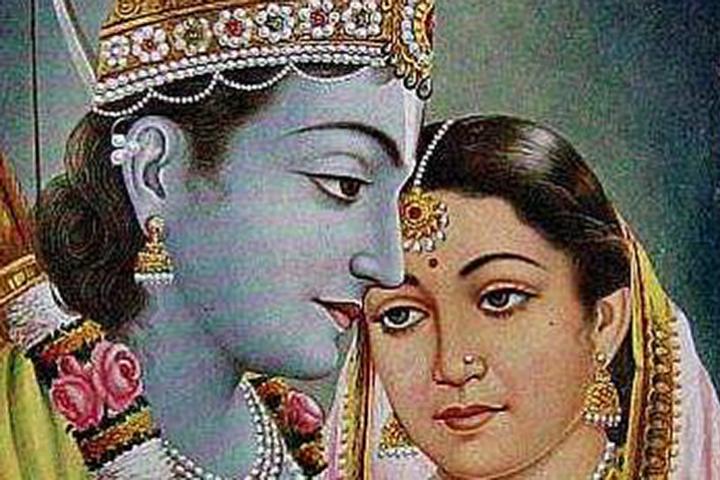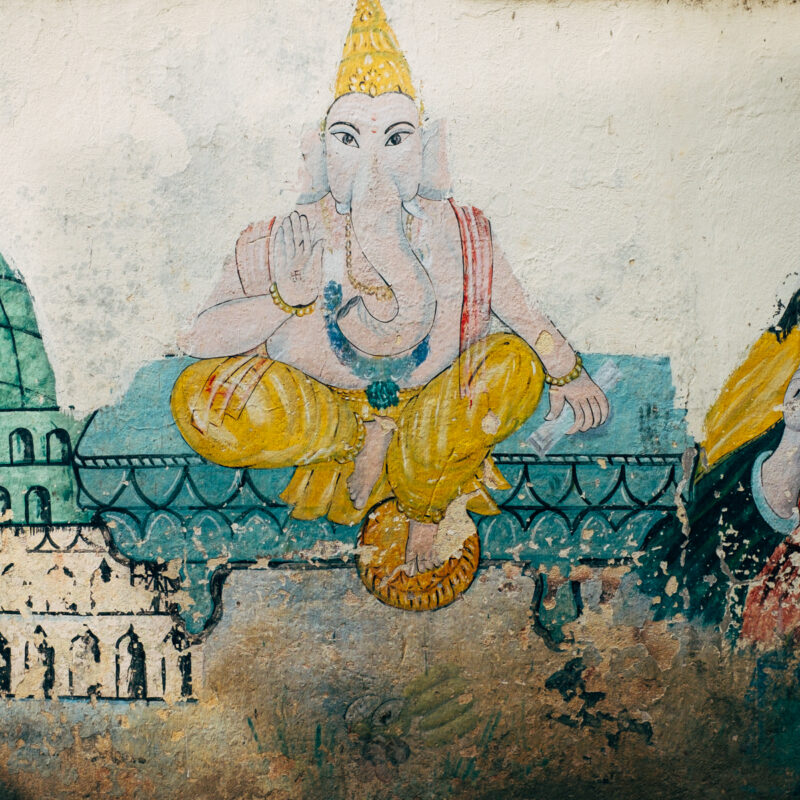
India’s bias for lighter skin is no secret.
As highlighted by the many skin-lightening products marketed toward Indians, the fair-complexioned actors and actresses who dominate Bollywood films, and the numerous matrimonial requests that include “fair” skin as a requirement, in India, almost all facets of an individual’s life — from social status to marital prospects to even self-worth — are too often correlated to the color of skin, with light being positive and dark being negative.
For those living outside of India, who have little to no knowledge of the country’s history or true spiritual fabric, it could be very easy to attribute its prevailing colorism to some sort of religious oppression, especially when considering much of the persecution that has occurred in the world can be linked to some form of religious fanaticism.
The fallacy with this notion, however, is that Hinduism — the religion of the vast majority of Indians — does not support any sort of discrimination based on the color of skin.
While it’s true that in Hinduism light symbolizes wisdom and knowledge, with darkness symbolizing ignorance, this symbolism does not transfer to skin complexion. In fact, not only is fairer skin not always directly connected to beauty in ancient Indian texts, in many cases, darker skin is actually favored.
In the Mahabharata, a highly venerated epic describing the struggle between two groups of cousins (the Pandavas and the Kauravas) resulting in the great Kurukshetra war, many of the most notable figures actually have darker skin.
The Mahabharata more or less begins when Emperor Shantanu falls in love with Satyavati, the daughter of a fisherman. Known for both her beauty and dark skin, Shantanu was so attracted to her, he swiftly asked for her hand in marriage. Also referred to by the name Kali, which translates as black, or the dark one, Satyavati went on to become the great grandmother of the Pandavas and Kauravas.
Before meeting and marrying Shantanu, Satyavati had a son who became known as Sage Vyasa. Revered as one of Hinduism’s most wise and knowledgeable sages, and sometimes called Krishna Dwaipayana due to his dark complexion, Vyasa is acknowledged and worshipped today for being the one who ultimately compiled the Mahabharata.
Princess Draupadi, given in marriage to the Pandavas, and extolled as the embodiment of femininity, is well known for being the color of a blue lotus, and is even recognized as Shyama, or the dark-skinned beauty. While there are a variety of reasons the Kurukshetra war took place, one could argue Draupadi was at the center of one its major causes, as Duryodhana (the oldest brother and leader of the Kauravas), could never quite get over his jealousy of her choosing Arjuna over him, thus fueling the already existing enmity between the two groups of cousins.
The Srimad Bhagavatam, a Hindu sacred text detailing the various forms of Lord Vishnu, who is described as the God of Creation, further conveys what appears to be a Divine proclivity for darker hue.
Krishna, Rama, and Mohini, all bonafide avatars or manifestations of God according to the Bhagavatam, are depicted as having darker skin.
Mohini, a beautiful woman incarnation of Vishnu who appeared for the purpose of enchanting and distracting demons from obtaining nectar of immortality, is said to be the color of a newly grown blackish lotus, and the manifestation of the most sensually alluring form of a female.
Lord Rama, considered the ideal handsome prince, has a complexion that is portrayed as dark brown or blue. And Krishna, known as one who is all-attractive, resembles the color of dark rain clouds.
Even Lord Shiva, one of the most widely worshipped deities in India and throughout the world, is known to have dark skin.
So why does India, a country in which the predominating faith has so many dark-skinned deities, hold such heavy preference for fairer hues?
In his paper “Changes of Skin Color Preferences in India: An Analysis from the Ancient to the Modern,” Pawan Deshpande begins by mentioning a few of the sociological influences many scholars attribute to India’s current partiality for lightness, which include the theorized Aryan migration, the Islamic conquest, and British colonialism.
While he doesn’t delve into the exact causes of the colorism phenomenon, as it can be quite a complex undertaking, Deshpande does show that it is not difficult to trace the “dramatic shift in the perception of skin color in Indian society through the examination of historical scriptures and art.” Though many of Hinduism’s most significant figures are originally described as being of a darker shade, India’s mainstream art and media eventually depicts them with far whiter skin, thereby encouraging the mentality of whiteness as being a precursor of beauty.
This is, however, a contradiction to Hinduism’s most cardinal principle that everyone is originally spirit, and should therefore be viewed as being part of the same divine family.
It’s obvious India’s white superiority complex is not a disease of religion but rather, a disease of colonization as well as human propensity to forget its true spiritual nature.
As the saying goes, variety is the spice of life. The aesthetic and symbolic qualities of color in Hinduism are actually meant to create an environment that helps keep a person spiritually enlivened and happy, and is never meant to act as a tool in dividing people.
All of the colors in the world add to life’s wonder, and it is absurd to think any one of them should ever be allowed to hold a monopoly over beauty.








































